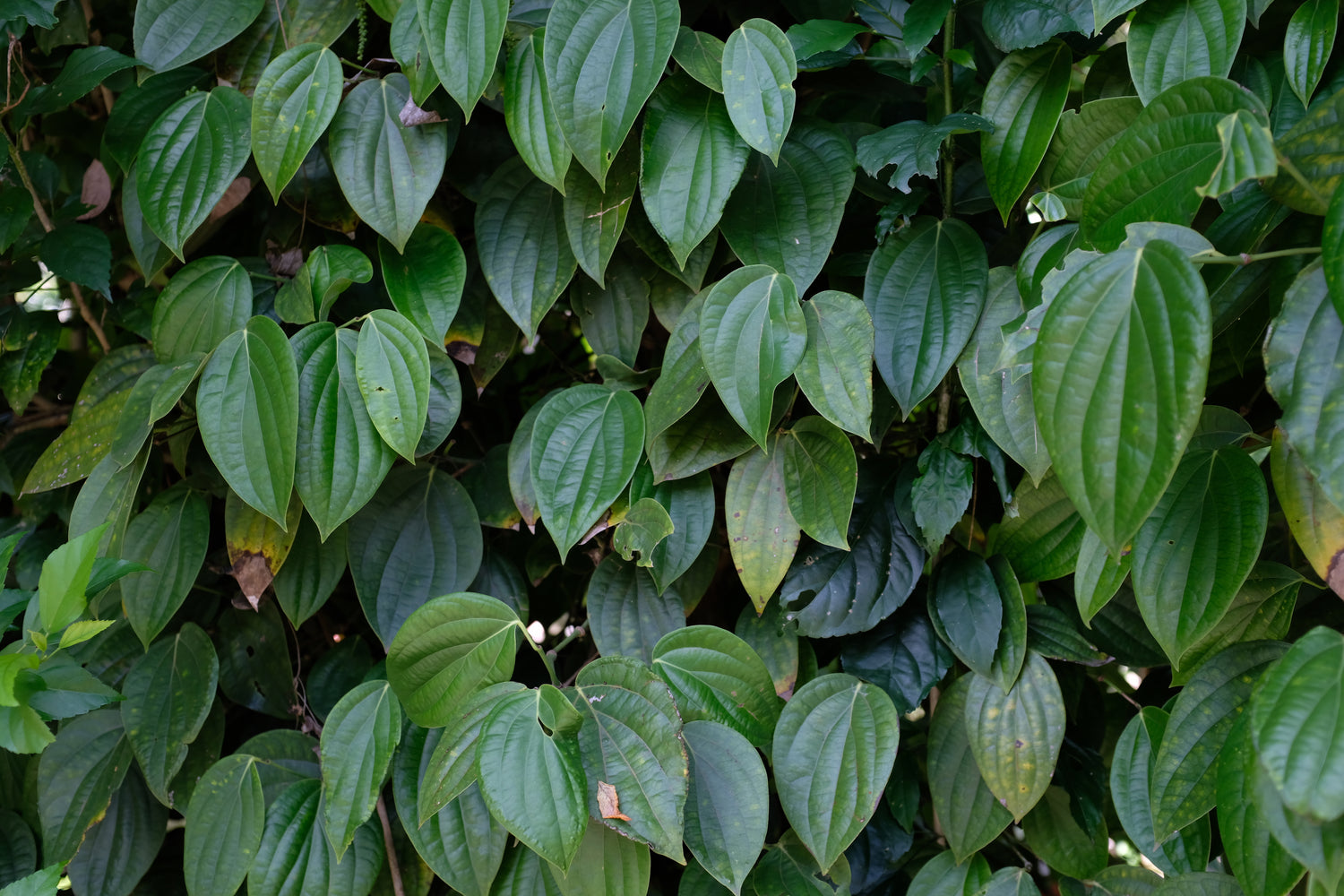The latest Quest took us to the island of Sri Lanka. A long history of spice cultivation, use and trade makes it a given destination for any spice lover. Combine that with a bustling culinary scene, incredibly warm hearted people and stunning natural wonders you have a unique country with a lot to offer any visitor.
We came searching for partners that could help us source cinnamon, black pepper and green cardamom. As always on our quests we ended up with so much more.
New friends, new interesting projects and a boat load of new spices.

A brief spice history
Spice trade started to grow in Sri Lanka during the 7th century when Arab merchants began establishing ports in Galle and Jaffna, the southern respective northern part of the island. With that said, discoveries have been found of cinnamon, native to Sri Lanka, in ancient Egyptian tombs. This would make the spice trade from the island thousands of years old.
Because of its strategic position and fertile soil the island has played a major role in the history books. Chinese seafarers came to Sri Lanka in the 1400’s looking for spices. Portuguese invaded in the 1500’s. Then came the Dutch. After that the British colonized the country in 1802 and it remained under British rule until 1948. During this time large parts of the island were first turned into coffee plantations but after a decease killed most of the plants it was turned into one of the largest tea producing regions in the world. With the exemption of Cinnamon, large spice cultivation was mostly ignored and has been since, due to a long history of internal conflicts. It is only since the countries peace fire of 2009 that the spice industry has started to really evolve.
This is one of the reasons why we find Sri Lanka such an interesting place when it comes to spices. An indirect consequence of neglecting the spice industry is that almost 80% of the produce is cultivated by small scale family farms which has secured the survival of many heirloom varieties that can only be found on the island. These varieties have been passed down by generation after generation of farmers and it is only in the last decade that they have begun to resurface on the international market.

Kandyan forest gardens
Sri Lanka's southern interior is filled with hills, forest, mountains, valleys, waterfalls and rivers. High bio diversity, good soil, lots of rain and ever changing microclimates make this area a perfect spot for cultivation. Especially cultivating fruits, spices and vegetables through agroforestry which is the traditional method in the area. The method is known as Forest Garden and has been around worldwide for millennia. Forest gardens is a way for farmers to work within the frames and rhythm of the forest teaming up with the soil and seeing biodiversity as an ally. This is in many ways beyond organic farming. By introducing edible and useful plants to the native environment, farmers have found a way to create a highly productive and resilient system with produce to sustain themselves and, when harvest is extra good, create income from cash crops such as pepper, cinnamon, cloves, nutmeg, ginger, cardamom etc. At the same time these forest are home to a wide variety of plants, animals, insects, birds and amphibians making it the opposite of our more modern mono agriculture.
The local method on Sri Lanka is called Kandyan Forest Gardens and is considered Asia oldest agroforestry system. Unfortunately these forest are disappearing as landowners are turning to more conventional farming methods or cutting down their trees for profit. We are so happy to partner up with Eko Land Spices who are working within communities dedicated to preserve these forest gardens.

Eko Land Spices
Before coming to Sri Lanka we had connected with Nihal and Remon Ellegala of Polowaththa Eco Lodges and felt a good energy pulling us in their direction. As we headed up a narrow jungle path towards their location we knew we had taken the right decision. Trees everywhere, monkeys and giant squirrels jumping from the branches and a loud background symphony of birds and insects.
The eco lodge is located on a pristine area of forest that has been cared for by generations of the Ellegala family since 1896. As the rate of guests dove during the pandemic the family took it as a sign to materialize one of their lifelong dreams, a community based spice company sourcing products from the Kandyan forest gardens that cover the region. Their mission is simple yet incredibly important in a spice market that seems to be heading in an direction where quantity and mono cultivation trumps quality. Eko Land Spices mission is;
- Supporting the community by providing jobs and a fair price for local spices and forest produce.
- Promoting sustainable living, organic foods and spices.
- Providing a financial incentive for conserving high biodiversity forests.
We spent a couple of days with the Ellegala family learning about agro forestry, seeing their own plantations and visiting their spice factory. We also got a chance to meet the community of farmers they work with and see how they cultivated in harmony with nature. It was truly an uplifting experience and we are happy to be partners with such dedicated people. If you are ever in Sri Lanka make sure to pay them a visit and way hello from us!

We will be sourcing a bunch of incredible spices from them including a earthy and fiery black pepper, the best green cardamom we have ever tried, a ginger that tastes like pineapple and Polowaththas own outstanding curry blend!



